 13
13

"I can't see what I am working on!" Does this sound familiar? When most of us were young it was easy to thread a needle, almost without looking. But as the years go by, seeing those tiny needle holes, much less words on a pattern page, becomes increasingly more difficult. During youth the lens behind the eye works hard to focus. With age, the lens loses elasticity, resulting in not being able to see items up close as easily. Remember how you laughed at your parents when they held the paper at arms length to read it? Ha! Well the joke is now on you.
With age, even healthy eyes experience what is called Presbyopia when it comes to reading things up close.

People don't want to admit that they are getting older, which can also touch on our vanity. Glasses are what old people wear, right? Well, not necessarily. You can buy cheater glasses that will work for a while, but sooner or later a trip to the ophthalmologist will be needed. Quilting requires a lot of detailed and precise work, so while addressing your eyesight (or lack thereof), keep in mind that good lighting in your work space can also make a HUGE difference.
Good lighting for a quilter means that:
-
You can see finer details with much more ease
-
Your precision and workmanship will improve
-
Determining color coordinating and matching is much more accurate
-
You will have less eyes strain, allowing for more sewing time
If your creative space does not include wonderful natural lighting, there are a wide variety of ways to achieve optimum light. Before we show you what we have found, let's determine what you actually need in a creative quilting space when it comes to lighting. Professional organizer Lois Haddock suggests that:
Each point of the quilter’s work triangle (cutting, sewing, pressing) needs its own task lighting, with the cutting table needing the most light. Clamp-on desk lamps with adjustable, articulating arms allow you to move the light around depending on the current task. Your lamp should be able to reach any point on your table. A floor lamp with articulation also works for many tasks.
(Don’t have a budget for articulated lamps? Take the “use what you have” approach and repurpose lamps from other locations in your home.)
--excerpt from Creating Your Perfect Quilting Space
We also think that your design wall should be included when it comes to task lighting, so don't forget this in your equation.
Did you know that the type of light you select makes a difference? Incandescent gives off a yellow light, which might distort colors. Halogen gives off a lot of heat and can damage textiles. LED lights can be expensive. Incandescent, Halogen, LED...what the heck do these words mean anyway? Unlock the mystery and learn more about the type of lights that are available, to determine what works best for you here.
Lighting options:
Natural light is the best. Skylights are a great option if the studio is in an area where they can be installed, such as an attic space, as in the image below.
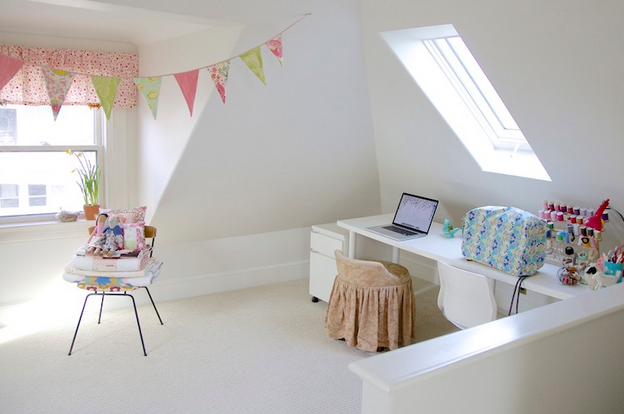
ChristineChitnis
Maybe your studio is not in an attic area or near a window with natural light, such as an interior room. Consider adding a solar tube. Solar tubes have come a long way in the last twenty years. Gone are the days of water leakage and receptacles of flying leaves. Tubes capture the sun's daytime rays and direct them into a designated space (such as an interior room or hallway) for free, so you save on electricity. UV filters mean that your valuable textiles won't be damaged. With a variety of sizes and styles, and installation requiring less than a few hours, you could be sewing happily away the same day.
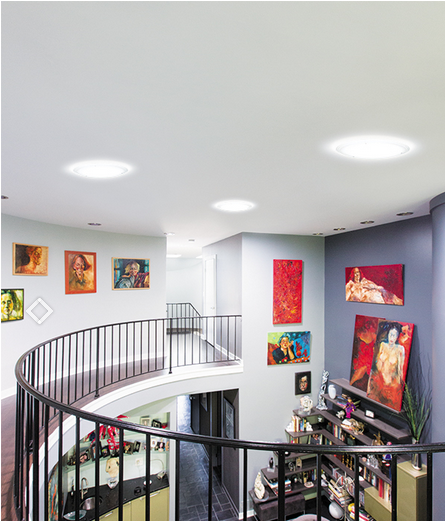
SolaTube
If a tube is not an option, here are some tips from Quilting Assistant as what to look for when comparing light for your quilting space:
-
Common household lighting contains more yellow light than natural outdoor lighting. The excess of yellow distorts the appearance of color and detail, leading to eye fatigue.
-
Quilting lights, on the other hand, seek to more closely mimic natural lighting. Outdoor lighting contains a wider range of the color spectrum. As a result, the light is white rather than yellowish. White light allows the human eye to see true colors and fine detail more easily. The eye can focus on objects over longer periods of time without discomfort.
-
When you compare quilting lights, before considering any other features, first confirm the presence of white light. Lighting manufacturers use a variety of technologies to create a source of white light, and choosing between them is a matter of personal preference. As long as a light source generates "natural light," "white light" or "outdoor lighting," quilters can be assured of the best environment for their eyes.
Now let's look at some of the creative ideas we found for lighting a studio or workspace.
Options for Clean and Clutter free:
1.
2.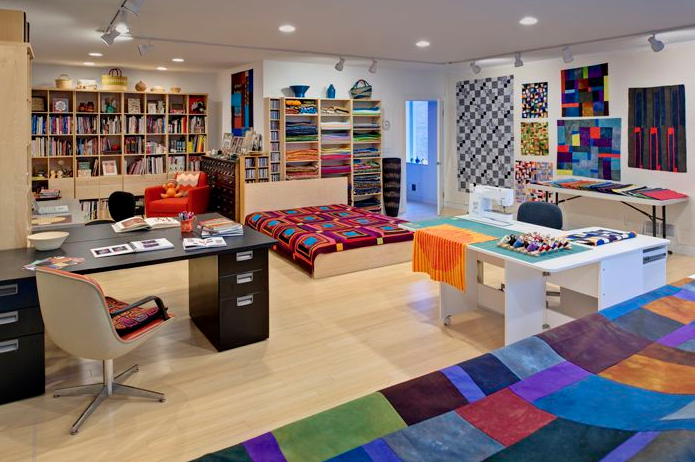
3.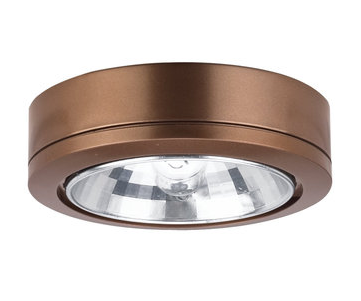
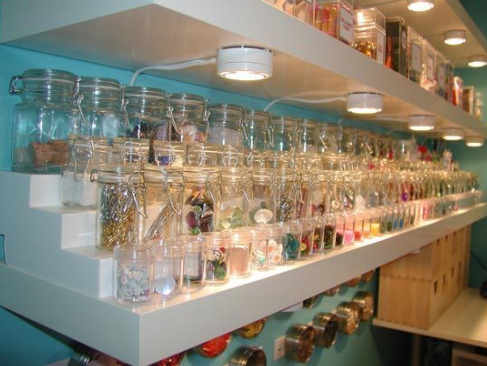
4.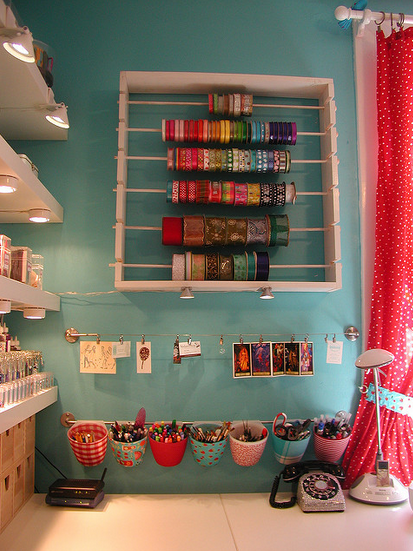
5.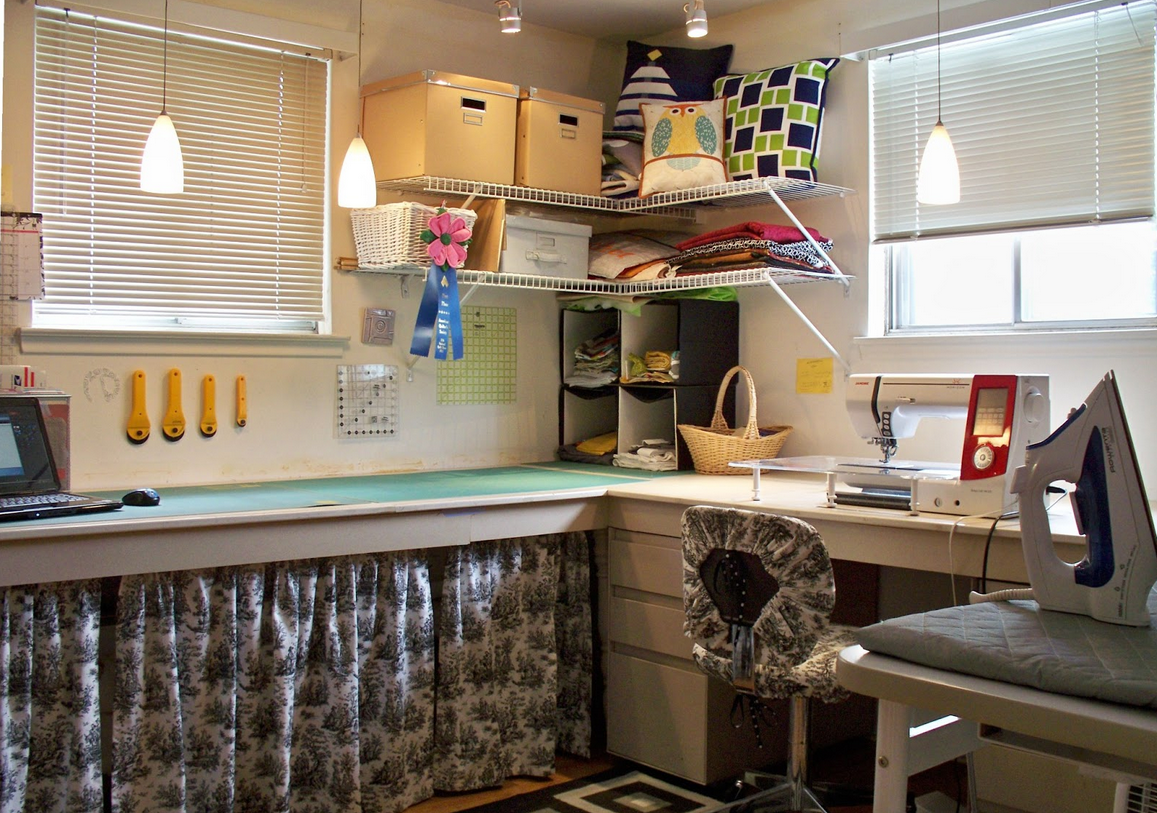
6. 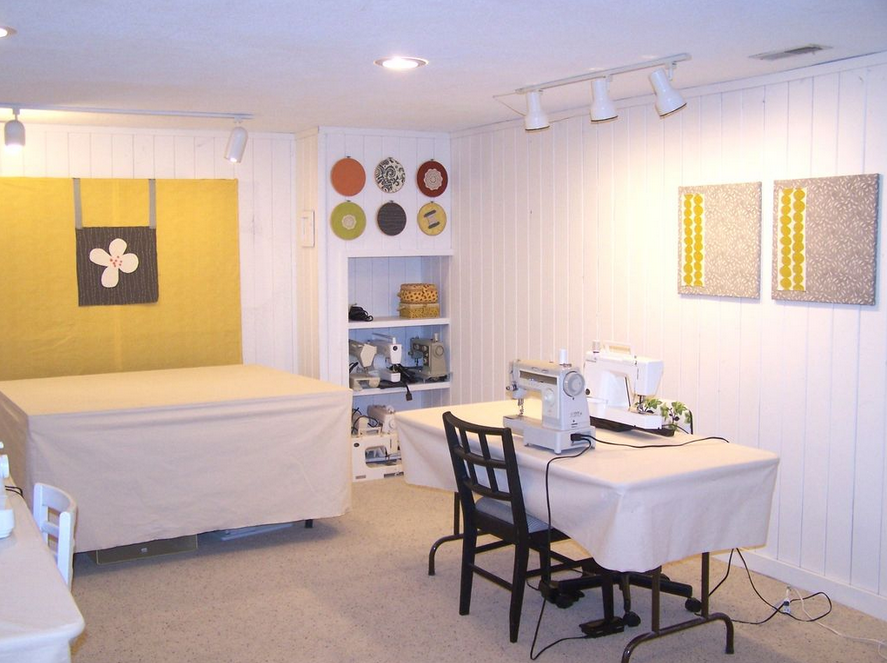
7. 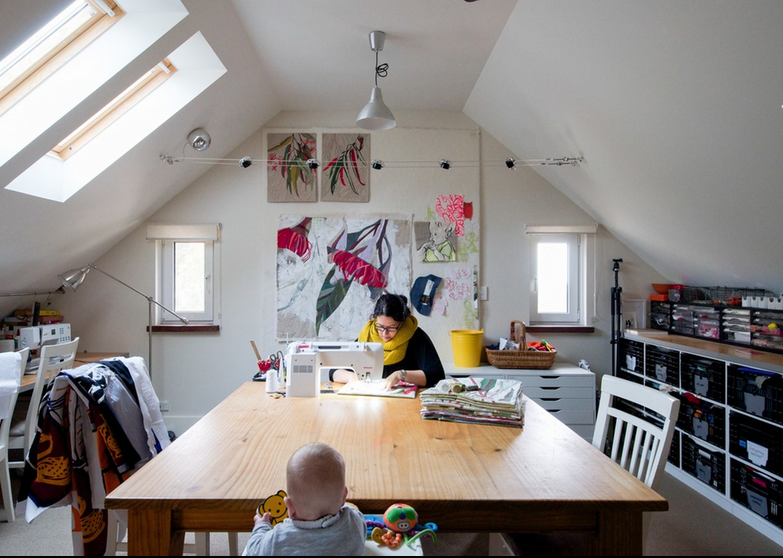
-
Light strip from Inspired.
-
Track lights and recessed lights offer light without visual distraction. Pinterest
-
Under-the-cabinet lighting in a variety of colors to blend with cabinetry. SeaGull. See it in a studio. CraftyIntentions
-
Do you see the small angled lights at the edge of the shelf? Feel free to mix different types of lights (in the same color family) to keep that streamlined clean look. CraftyIntentions
-
Pendant and track lighting. DebbieGrifka
-
Updated basement studio with recessed and track lights. Victory
-
Clean and almost invisible halogen lighting in the studio of Ruth deVos. Apartmenttherapy
Options for Visual Inspiration and Admiration:
1.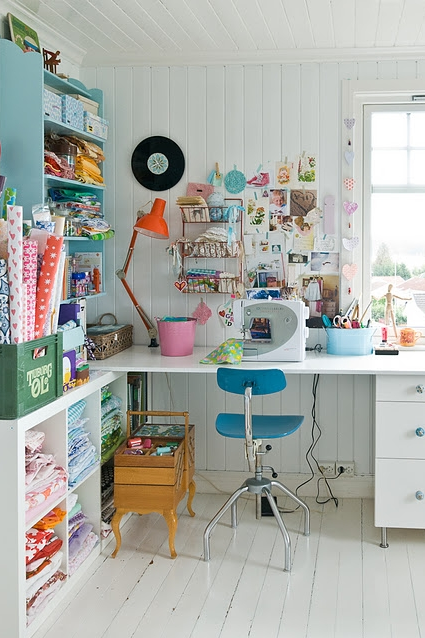
2.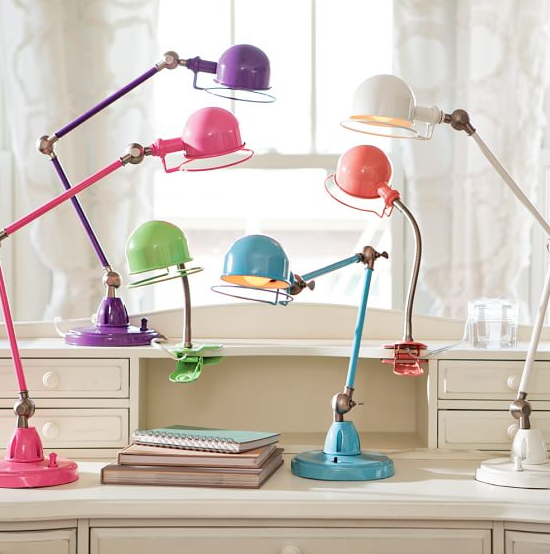
3.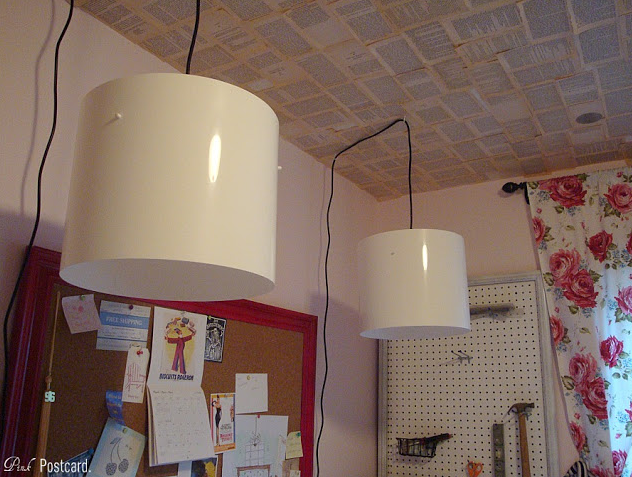
4.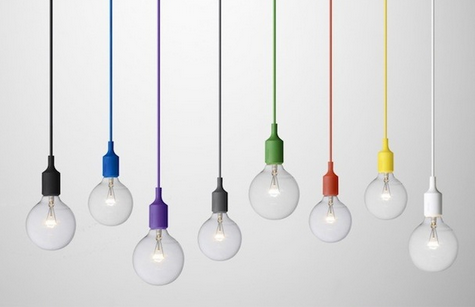
5.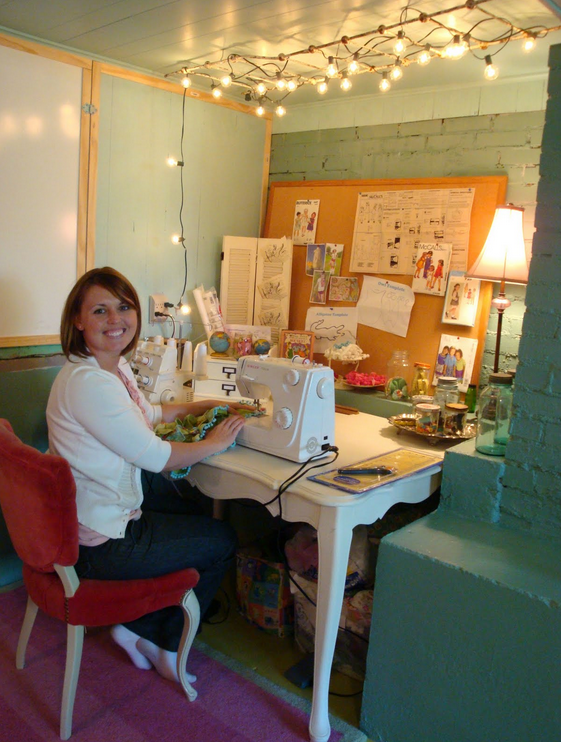
6.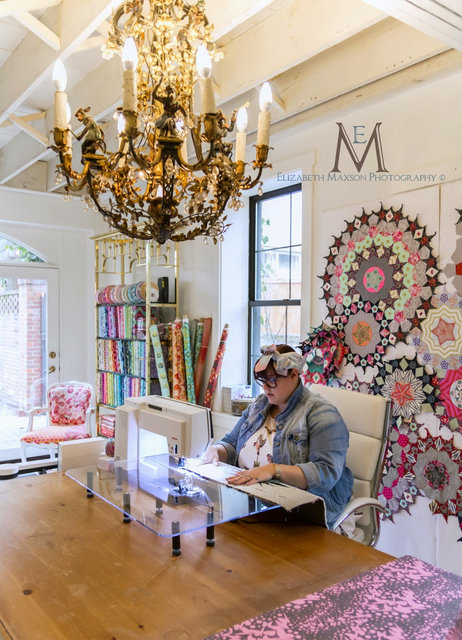 s
s
-
Add a pop of color with your lighting. Everydayisaholiday
-
Choose a color that works for you. PotteryBarn Don't see a color you like? Think about the possibilities with spray paint.
-
Modern task lighting. Did you notice that the ceiling has been covered with pages from paperback books? From NobleVintage.
-
How about some pendant lights with colored cables? AliExpress
-
Cheer up your sewing area with a strand of Christmas lights. 3bpblogspot
-
Who wouldn't want a chadelier in their studio like Tula Pink? TheAdventuresofElizabeth
More Task lighting Options:
Do you enjoy working while watching TV or in a comfortable chair? Check out these clever options that give you a great source of light right where you need it.
1.
2.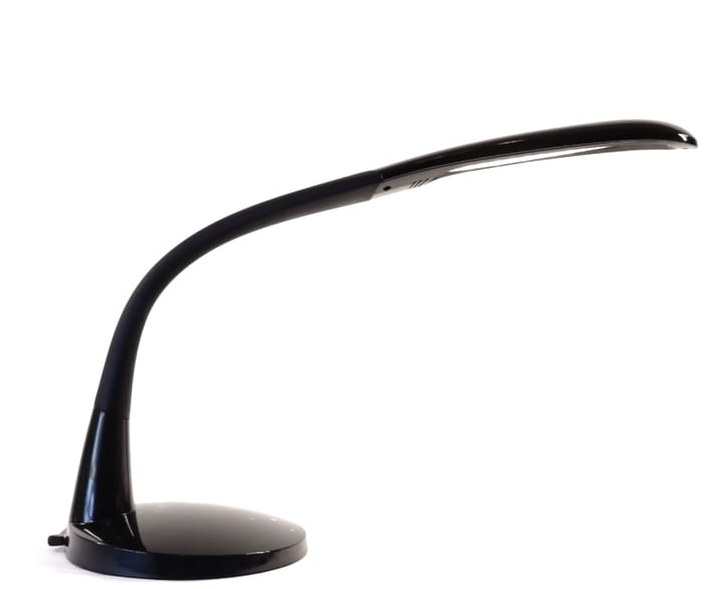

3. 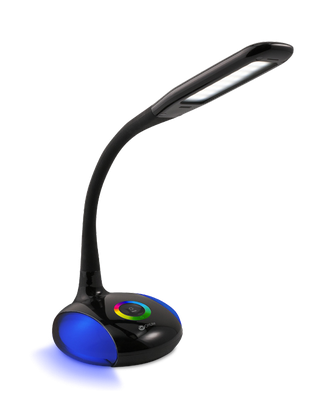

4.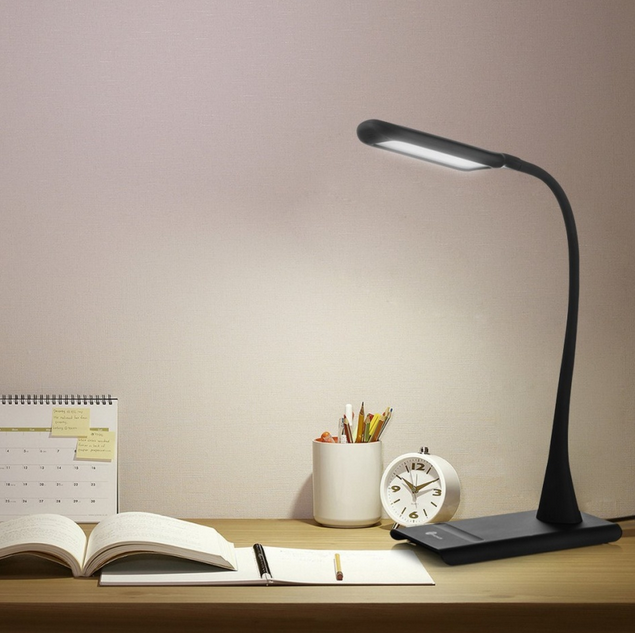
5.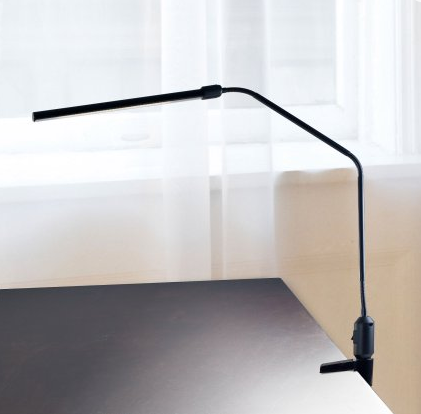
-
Hands free to let you work wherever you decide. BeamNRead
-
A sleek and beautiful lamp that offers tri-spectrum technology (warm, cool, natural light) as well as five-level dimming with a bendable arm to place the light exactly where you need it. Options include several tabletop or clamp styles, as well as a floor version that most visitors to your home would never know is a task light. Stella
-
OttLite offers a wide range of choices from tabletop, clamp, as well as floor models. While not as sleek as other lights, they are a good choice for a studio space.
-
TaoTronics offers a sleek dimmable desk/worktable light.
-
Walmart's sleek and slim clamp-on light.
And, just because we loved this idea. For those times when you're smoking hot! Add a fan at ceiling height. AbbeyHetheringtonInteriors
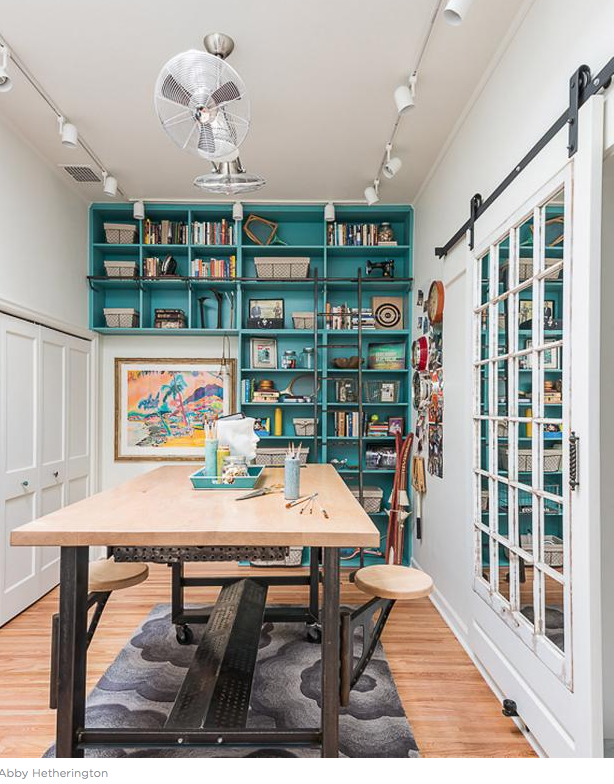
Just joined our year of organizing? Click here for other TQS Organization blogs.
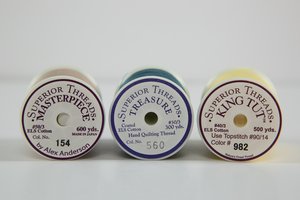


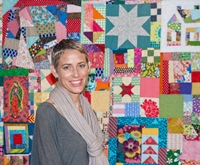

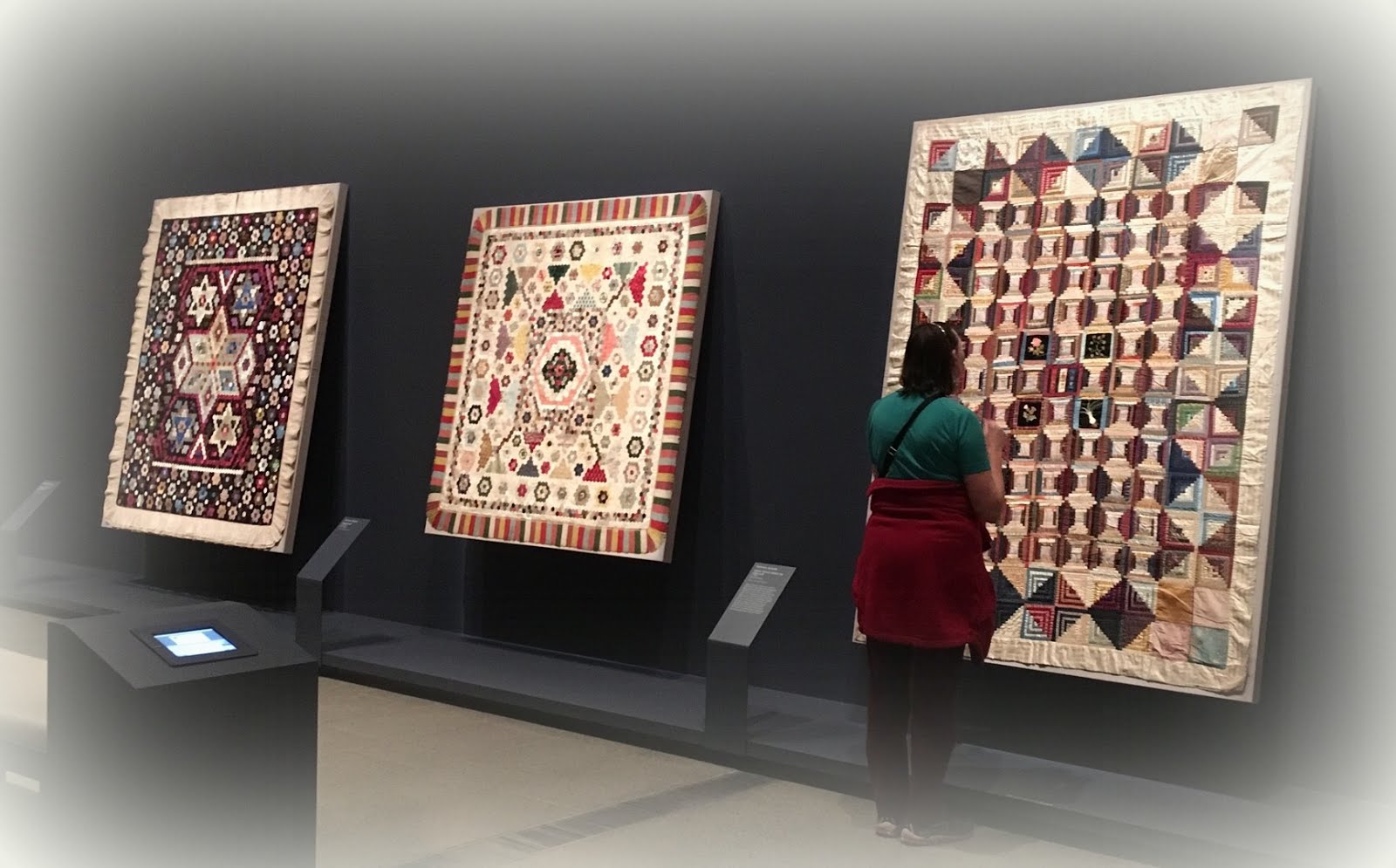



















 s
s







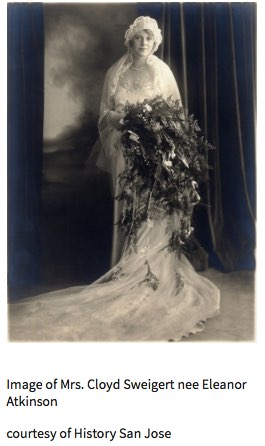



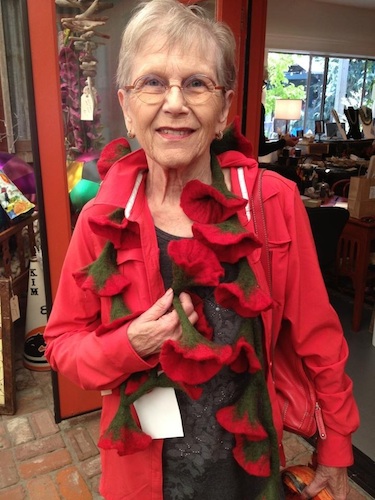 This year at
This year at 


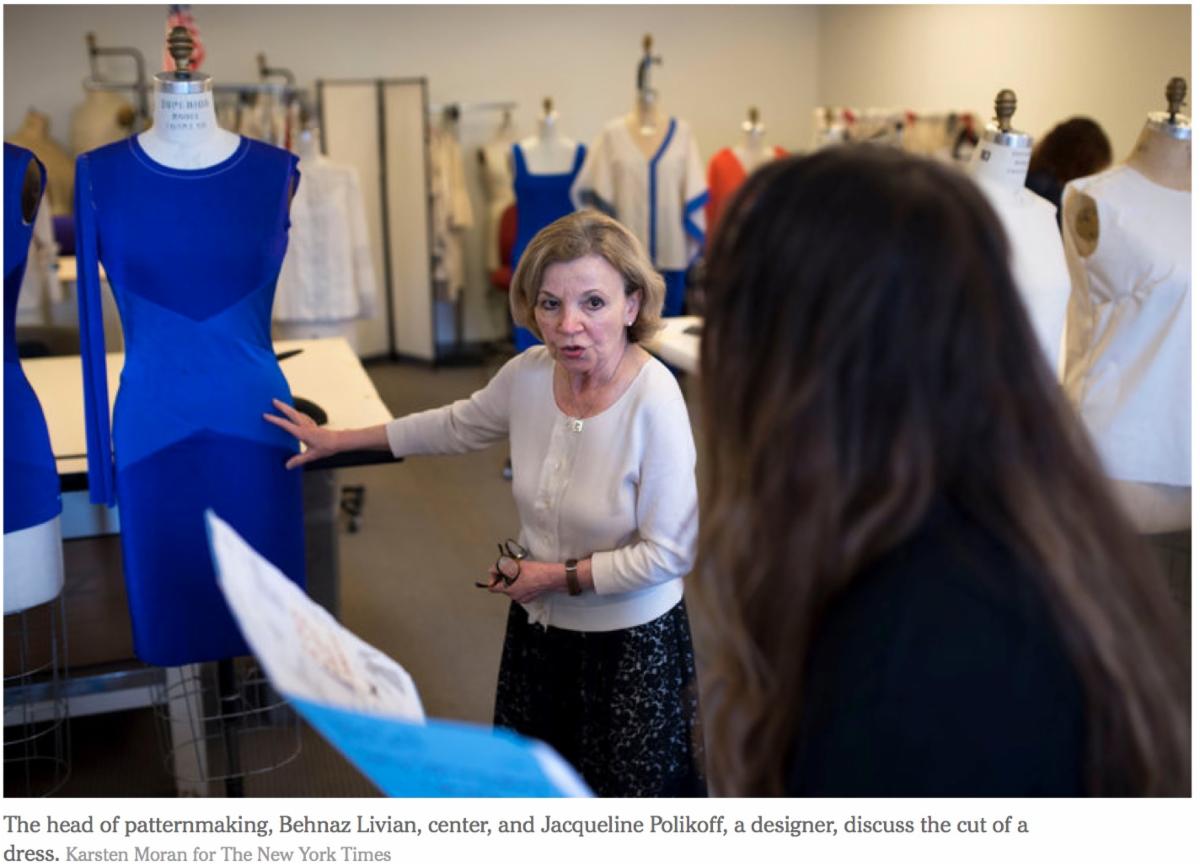


.jpg)


